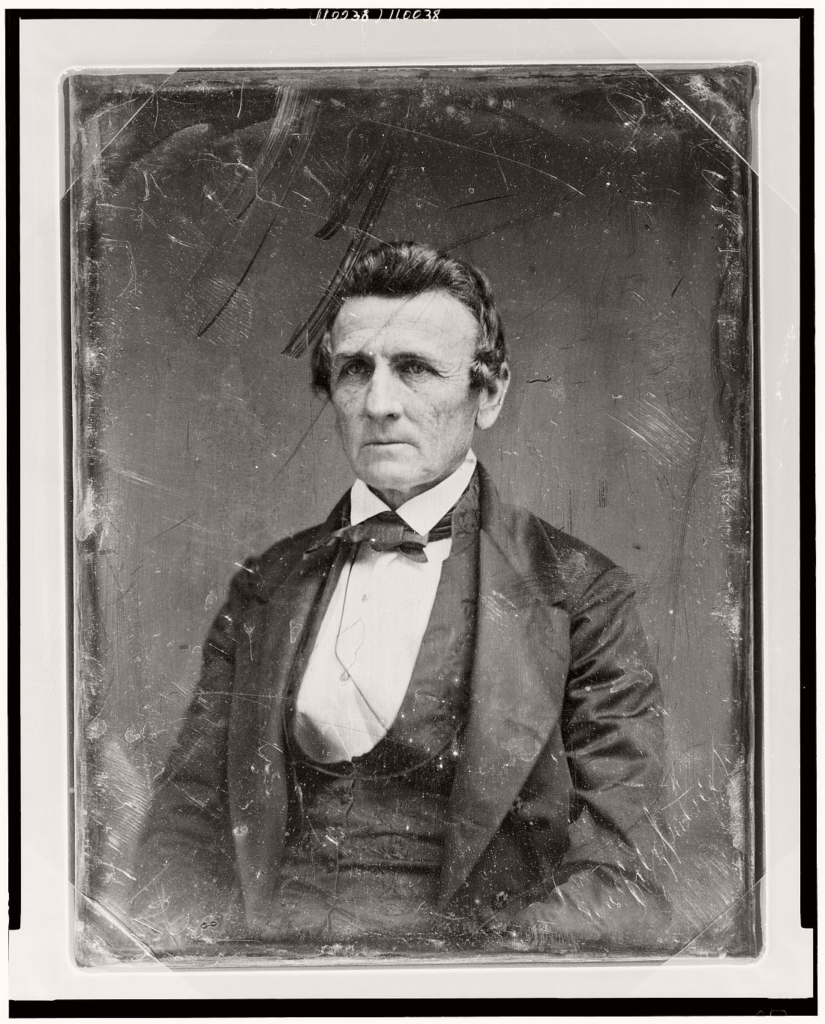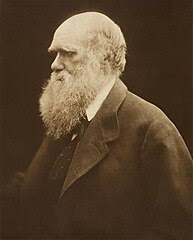A camera is objective, so the potential of photography is to turn something ordinary into something extra ordinary through the framing and composition of images. A photographer ‘transforms what is described’ meaning that by framing reality, the photographer is choosing what deserves attention and what needs to be questioned. It is up to the viewer to make sense of it.

Camera Obscura is the oldest form of photography that massively predates the modern camera. This is set up by using a dark box with a small hole for light. The light will pass through the pin hole and flip the image 180 degrees once it meets a surface, this image is flipped because light always travels in straight lines. A projection like this is not set. The camera obscura is a technique that is still used by artists today. Modern versions are small portable boxes instead of blacked out rooms, for example an artist who wants to paint a large surface with a small A4 sketch would use this technique.
Camera Obscura can be dated back to as early as 400BC by Chinese Philosopher Mo-tzu. He noted early sightings of a projected inverted image in a dark room. It wasn’t until 1604 that ‘Camera Obscura’ was associated with the phenomenon by Johannes Kepler who invented a small, portable box for astronomical observations.

French inventor Joseph Nicéphore Niépce was inspired by the camera obscura to create a lasting image. He is notable for creating the first negative in 1816. This negative used paper which was coated in silver chloride. This however was not permanent and would completely darken when exposed to light.
After only temporary success, Niépce founded the process ‘heliography’ meaning ‘sun drawings’. In 1822, the first permanent photographic image was created. This technique was lengthy and started with dissolving bitumen in lavender oil and coating it onto a metal or glass sheet. This and some paper were laid out in the sun and then rinsed off. The result was hardened chemicals in areas of light/dark which could be used for prints.

in 1839, two methods of ‘setting images’ were created: the Calotype, and two months later the Daguerreotype.
English scientist Henry Fox Talbot created the Calotype, meaning ‘beautiful impression’. The Calotype used light reactive chemicals and silver salts (chloride and later iodide) on paper to create a negative with low contrast and textures. This process too around an hour. The production of a negative allowed for mass production of copies.

Louis Daguerre was also a French inventor and released his Daguerreotype as a direct rection to Henry Fox Talbots invention to be a part of the creation of photography. The Daguerreotype was significantly different to the Calotype as it only created one image. These one off images were described as being a ‘mirror of a memory’ and used grains on a metal plate (typically brass or tin) which were soldered together. This process was heavily inspired by Niépce’s heliography.
The Daguerreotype was expensive and time consuming so ultimately lost the race to the Calotype.

Robert Cornelius, an American photographer, took the first self-portrait. This portrait was taken in 1839 as a daguerreotype. This portrait was also the first portrait taken in the United States. Additionally he opened many photography studios and founded many revolutionary techniques to reduce exposure time. His business model made use of lard instead of expensive whale oil leading to brighter results.

Julia Margeret Cameron was another English photographer who photographed many famous Victorians such as Charles Darwin. From around 1863 to 1875 she had amassed a large portfolio of . She has been credited with the production of the first close-ups. She never made commissioned portraits or opened a studio but did show aspirations of a commercial venture with high profile subjects but ultimately did not see profits during her lifetime.

Pictorialism is the intentional style of emphasizing the beauty of the subject matter, tonality, and composition instead of documenting reality, meaning the photographs are staged and manipulated and could sometimes be mistaken as not having a specific focus. This style was popular throughout the 19th century and continued in smaller relevance until the end of the world wars.

Carte-de-Visit was a format of portrait first used by louis Dodero in 1851. The name however was patented by André Adolphe Eugène Disdéri, a French man in 1854. The name means ‘visiting card’ as it was the same size as a post card and were sent between friends and family. A photographer who used this format was Henry Mullins; the the most prolific first wave photographer in jersey from 1848 to 1873. He owned a studio in royal square and readily changed his technique with changing innovations. He used the Carte-de-Visit style a

Richard Maddox, an English physician, invented the lightweight gelatin negative dry plates in 1871. Before this discovery, Maddox used photography to study micro-organisms under a microscope. His health however declined with his exposure to the wet conditions caused by previous photographic processes. He discovered that sensitizing chemicals cadmium bromide and silver nitrate could be used with gelatine to create the first functioning dry press.

George Eastman, an American entrepreneur, founded Kodak (Eastman Kodak Company) in 1888. This was the first use of roll film readily accessible for the general public making amateur photography easier to pick up. He patented the film roll in 1885 but didn’t release the cameras until 1888. The roll had 100 exposures pre rolled unto the camera and could be handed back to the company who would develop the images for $10.

Kodak held a monopoly over the film stock market and in 1900, the Brownie camera was released and marketed to children. It was a cardboard box sold at the price of $1 or 5 shillings ( £27 today) with cheap film roll and processing which massively surpassed its marketing goals. This camera reached beyond its initial market of children and served as a good way of enticing amateurs as the price was a fraction of previous models such as the Pocket Kodak which costed a standard families months wages. This low price made it easy to pick up and gift. Despite the cheaper production, when used properly the brownie could still produce good photographs. Soldiers took the devices into world war 1 in conjunction with other Kodak models. Kodak took advantage of the broader appeal and released several different editions.

Film photography was pioneered by George Eastman but did not remain exclusive to Kodak. 35mm film was used by all sorts of manufacturers from 1905 to 1913. The war disrupted development on new models but in 1925 the Lecia 1 overtook Kodaks sales and established 35mm film as the go-to choice for high-end compact cameras. In 1936, Japanese brand Canon rose in popularity after soldiers took these new cameras home with them following the Korean War. 1949 saw the release of the first instant-picture camera named the Polaroid Model 95.

Digital photography did not use film or chemicals, instead images were saved directly onto memory cards. They have low operating costs and gradually pushed chemical cameras out of the limelight. The very first can be linked back to 1969 but did not reach markets in any capacity until 1989. The low quality, lack of colour and high price caused the device to completely fail commercially. Gradually with technological advancements the digital camera became a more viable option however it wasn’t until 2003 that digital cameras finally outsold film cameras. Since the 90s Kodak and Fujifilm had competed for space and with the global switch to digital, Kodak fell behind and in 2012 filed for bankruptcy. Digital cameras however have only continued to thrive and advance.


Bronwen, a good blog post with clear and concise paragraphs describing key developments within the origin of photography. including use of images/ illustrations when relevant.